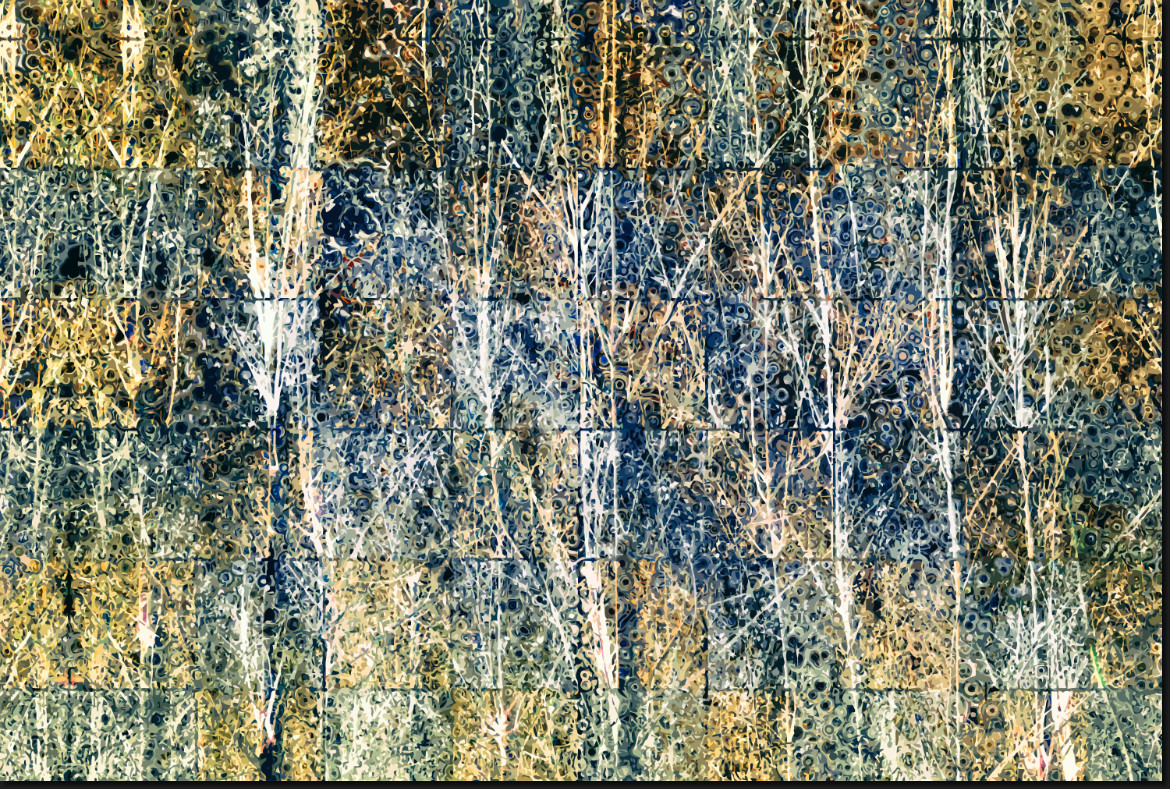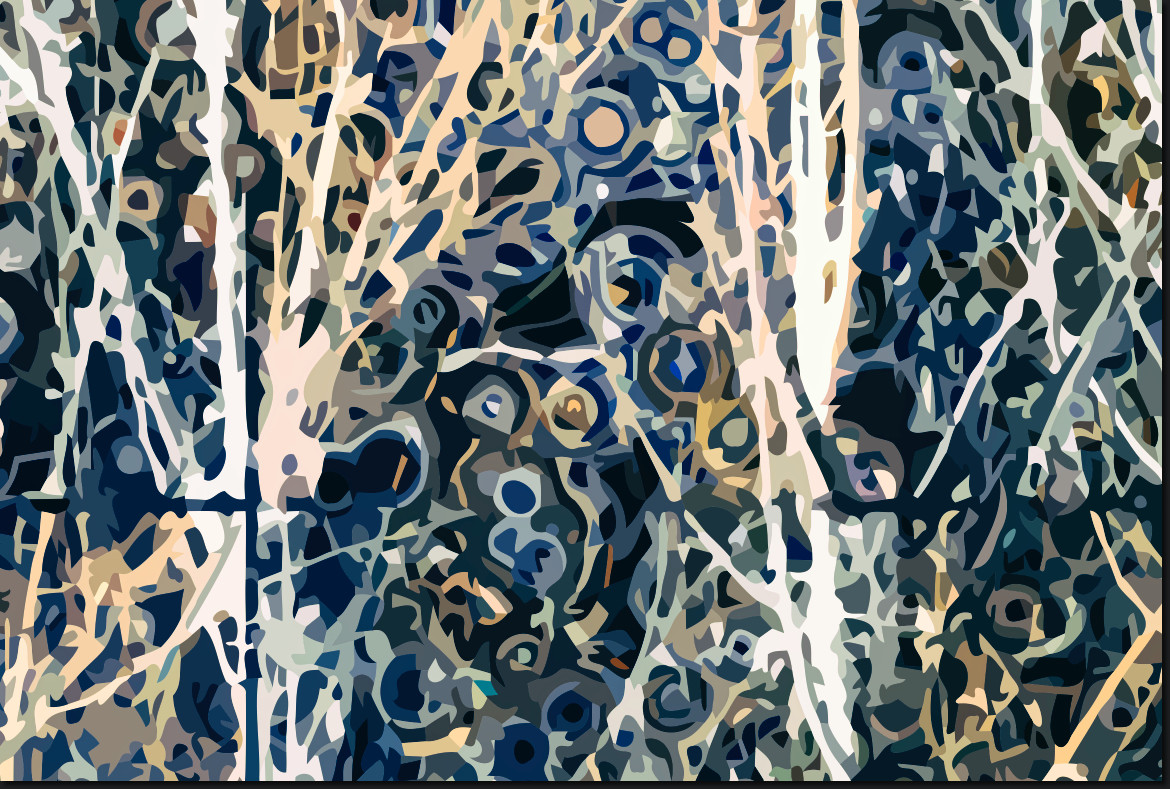Rain and Aspen Through My Window Pain
· The Drop and Trace of Life Upon My World ·
Like every title I decide upon, the title is very much part of the complete work. Without a title, a painting, a piece of music, a poem, is experienced differently.
When I view a painting or listen to music, for example without a title, I am free to interpret the light and sounds - although with representational art (paintings that represent objects, people, animals, nature etc.) I place my feelings and thoughts within a context and can deduce meaning.
When a piece of music has no title it is purely abstract and I can interpret it in any way I choose, even if the composer intended it to be programme music (the equivalent of representational art where the music attempts to tell a story). With a title I am more focused. What I see or hear is coloured by the words I read and understand. In this way, I do not view my work as 'paintings' or 'music'. I view all artworks with titles as more than the light or sound they reflect or transmit. They are also a means to exchange ideas as well as form, composition, colour, and texture.
Artworks with titles are both visual and linguistic. I am often surprised by how critics and artists seem so oblivious to this fundamental understanding of the nature of so many artworks. In this artwork I have replaced the word pane with pain (which rhymes with rain). If the viewer/thinker decides it is worth spending more time on gazing on the image, their mind may wonder between the forms, light, and textures that merge with their thoughts about being behind window panes and gazing out at aspen trees. They may ponder how that feels, and how their love of nature is felt and expressed.
The beauty of the aspen and rain (which could be interpreted as tears) is physiologically complex and feels confined and intense. The strength of art is that one can discover paths of endless experience, feeling, and thought...
• • •
A full size extract from the artwork follows.

